The Cold Chain Federation has produced a suite of publications ranging from a general overview about the cold chain to specific industry guidance.
RECOMMENDED TERMS & CONDITIONS
STORAGE & DISTRIBUTION
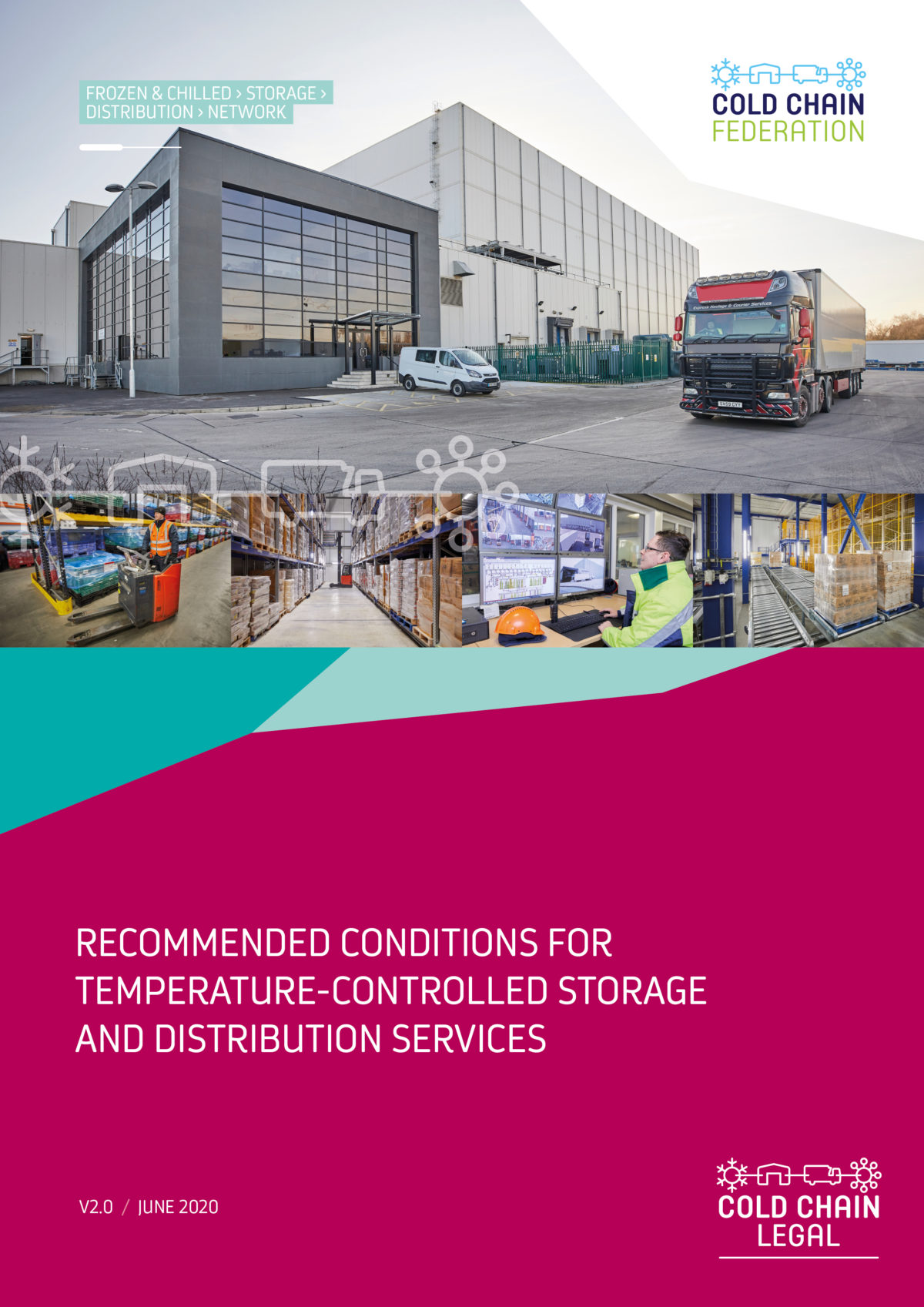
STORAGE ONLY

DISTRIBUTION ONLY
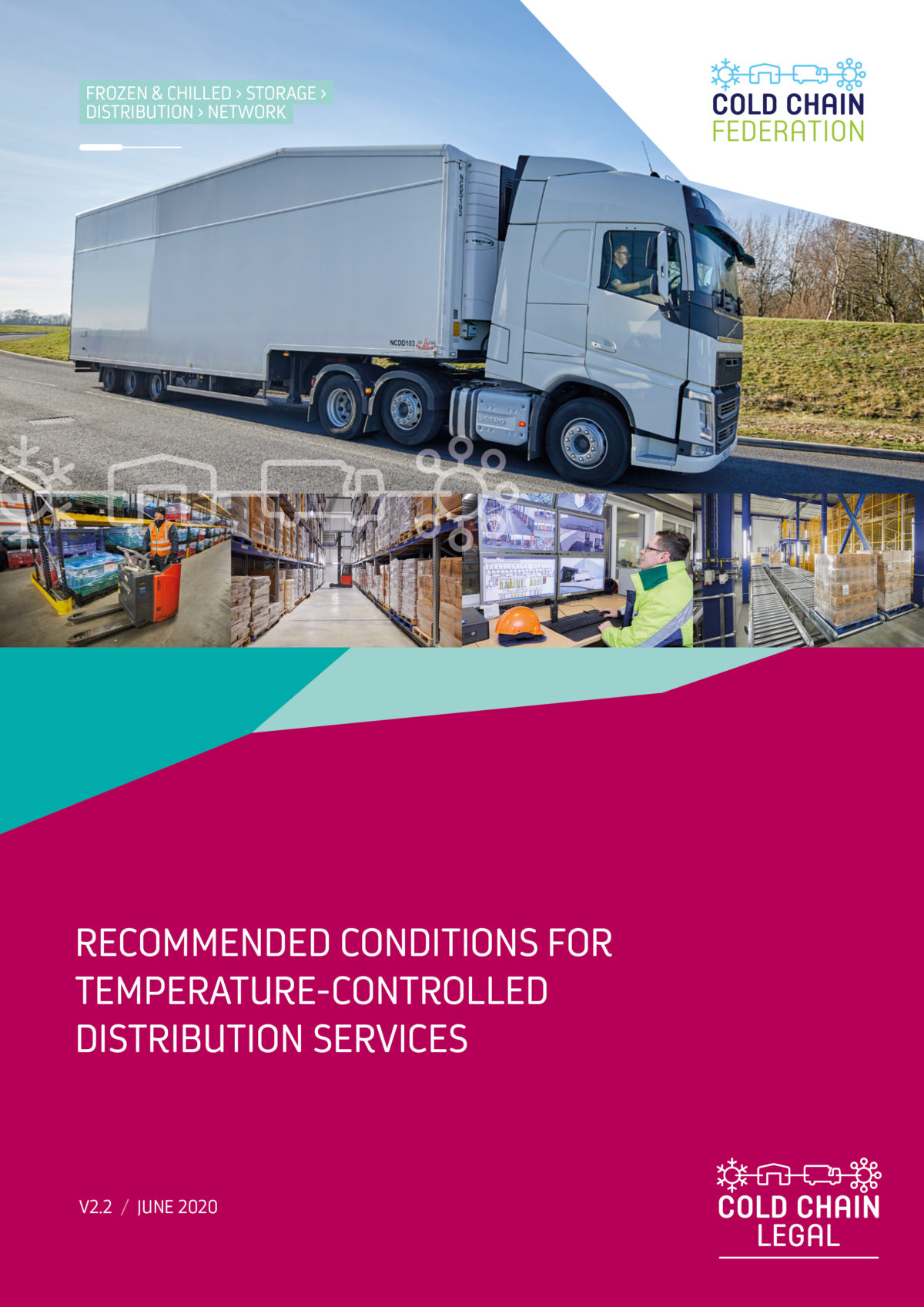
In June 2020, the Federation reviewed and updated our industry terms and conditions. Developed over many years these are the best bespoke contractual terms to use if you provide temperature controlled storage or distribution services. These guides are for members only.
We have also produced an EXPLANATORY NOTES document that explains how to use the documents – the notes refer specifically to (v2.0) but is also a useful reference point for the other versions. Please note, in particular, the guidance on how to incorporate the T’s & C’s into your new and existing business.
OUR GUIDES
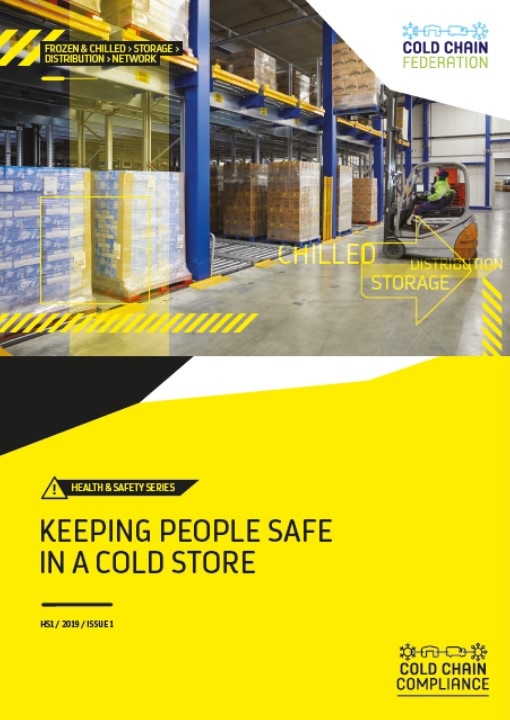
KEEPING PROPLE SAFE IN A COLD STORE
Whilst many organisations provide general guidance on managing health and safety in the workplace, this guide identifies the key health and safety hazards in a typical cold storage workplace – it is not an exhaustive guide to all health and safety risks and businesses should ensure they are fully aware of all the health and safety risks specific to their operation. Where more general guidance is available from other trusted organisations, links to these are provided throughout.
This guidance has been designed to be accessible to all employees in a cold storage business, from a warehouse operative to senior managers, however its primary audience are those individuals responsible for ensuring health and safety compliance. To aid this, key legislation is clearly highlighted in each section where appropriate.
KEEPING PEOPLE SAFE IN A COLD STORE
This guidance has been designed to be accessible to all employees in a cold storage business, from a warehouse operative to senior managers, however its primary audience are those individuals responsible for ensuring health and safety compliance.
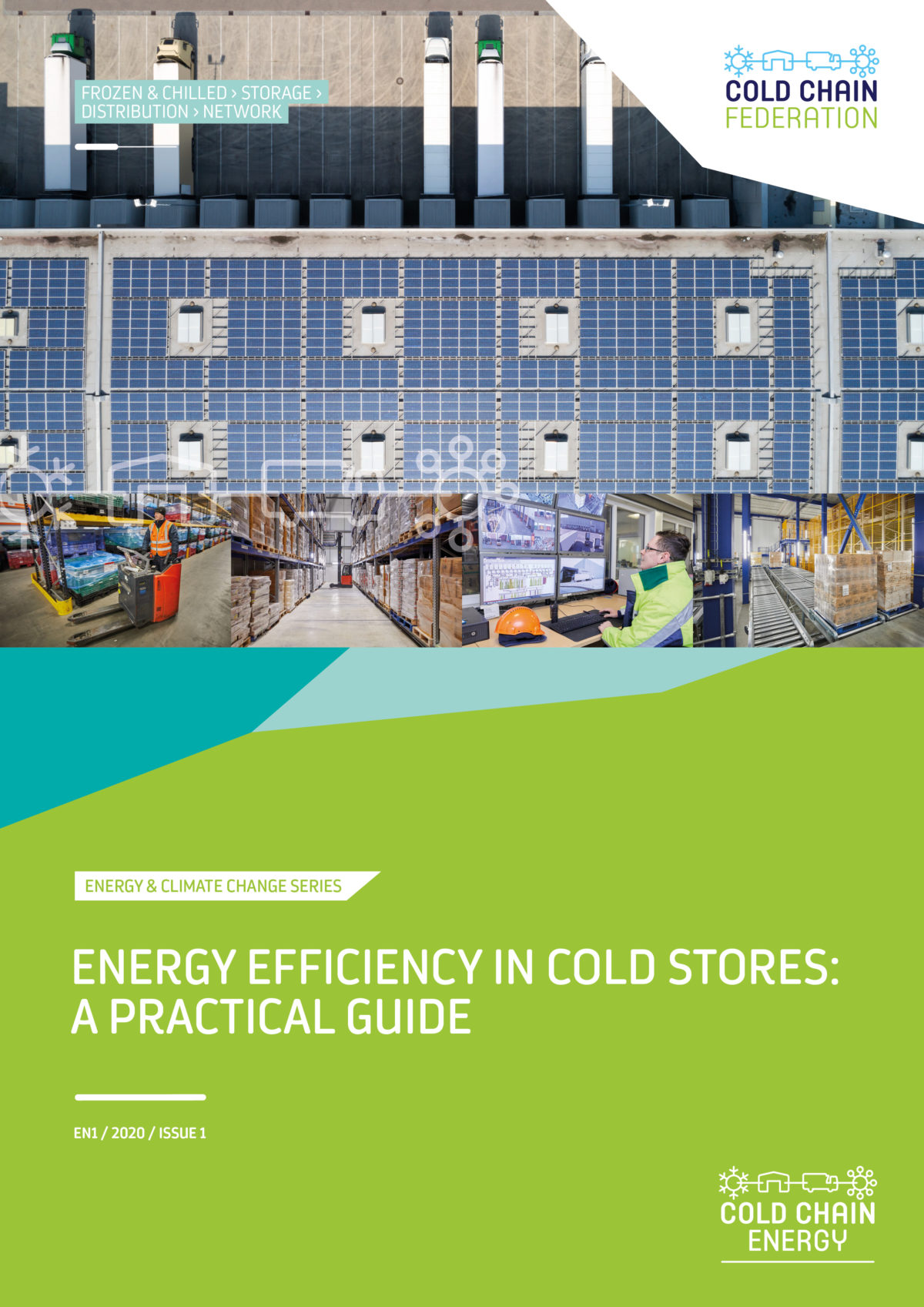
ENERGY EFFICIENCY IN COLD STORES – A PRACTICAL GUIDE
Our definitive guide to operators of temperature-controlled facilities. Detailing everything from how to create an energy strategy, the specific operational changes and investments which can be made to reduce energy use, as well as how to bring about cultural change in your business to support the energy agenda and an assessment of available options for renewable energy, the guide is your one stop shop for reducing your energy bills.
To aid the value you get from ENERGY EFFICIENCY IN COLD STORES, we have worked with our partners at SafetyCulture to design an iAuditor familiarisation checklist of the key recommendations in the guide. Completion of the checklist will provide a bespoke energy efficiency action plan for your business.
For more information and to access iAuditor and the Energy Efficiency Guide template, please visit our dedicated page.
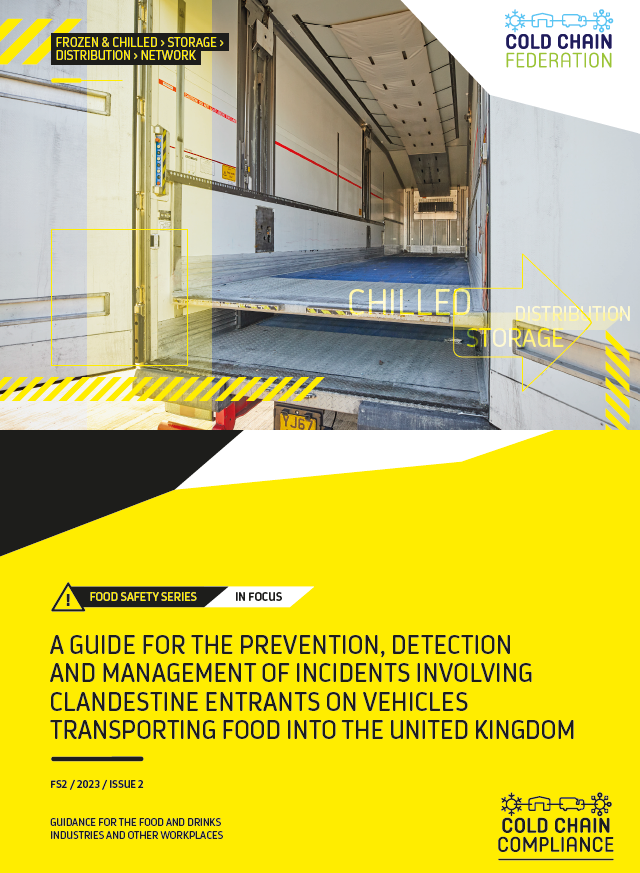
A GUIDE FOR THE PREVENTION, DETECTION AND MANAGEMENT OF INCIDENTS INVOLVING CLANDESTINE TRAVELLERS ON VEHICLES TRANSPORTING FOOD INTO THE UK
This industry guide provides food business operators (FBOs) with practical advice on how to comply with food safety legislation and related requirements when managing incidents arising from evidence of clandestine travellers (stowaways) entering the United Kingdom (UK) in food vehicle loads.
The information within this guide will help FBOs meet their legal obligations, ensure food safety for consumers and support responsible management of clandestine entrants. The use of industry guides supports the proportionate, consistent and effective application of food hygiene regimes in the UK. This guide can be used in its current form or its content can be taken and used in internal company guidance or guidance produced by trade bodies or other advisers.
A GUIDE FOR THE PREVENTION, DETECTION AND MANAGEMENT OF INCIDENTS INVOLVING CLANDESTINE ENTRANTS ON VEHICLES TRANSPORTING FOOD INTO THE UNITED KINGDOM
This industry guide provides food business operators (FBOs) with practical advice on how to comply with food safety legislation and related requirements when managing incidents arising from evidence of clandestine travellers (stowaways) entering the United Kingdom (UK) in food vehicle loads.
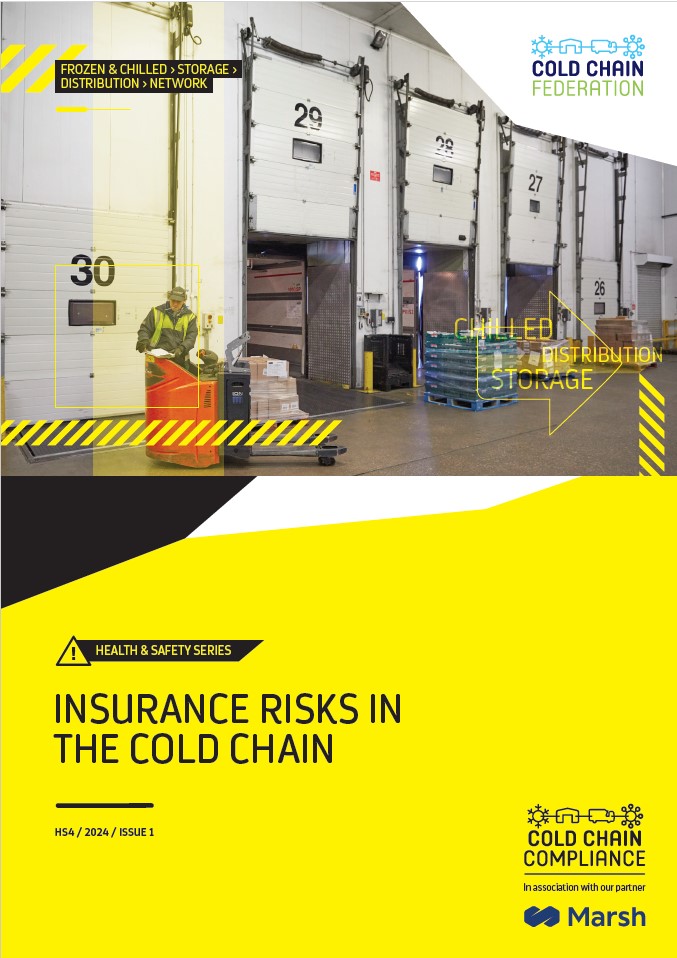
INSURANCE RISKS IN THE COLD CHAIN
Despite considerable technological advancements, there still remains significant insurance risks for cold chain operators especially from threats to products, or threats to employee safety. Product losses can result from breaks in the cold chain which could be caused by a range of factors, such as delay, equipment breakdown, crime or more traditional factors such as fire and flood. Employee safety both for cold store workers and drivers of refrigerated vehicles can also be impacted by working in temperature-controlled environments.
In response to questions from our members and the changing profile of risk in our industry, the Cold Chain Federation has partnered with Marsh Commercial to produce this new guidance on Insurance Risks in the Cold Chain. Its aim is to provide cold chain businesses with an overview of the major risk areas impacting insurance coverage in temperature-controlled logistics operations followed by advice on how businesses can work with their insurers to manage the risks when evaluating insurance arrangements.
INSURANCE RISKS IN THE COLD CHAIN
In response to questions from our members and the changing profile of risk in our industry, the Cold Chain Federation has partnered with Marsh Commercial to produce this new guidance on Insurance Risks in the Cold Chain. Its aim is to provide cold chain businesses with an overview of the major risk areas impacting insurance coverage in temperature-controlled logistics operations followed by advice on how businesses can work with their insurers to manage the risks when evaluating insurance arrangements.
OTHER PUBLICATIONS
SHAPING THE COLD CHAIN OF THE FUTURE: THE ROAD TO NET ZERO
Launched in October 2020, our Net Zero Project is aimed at bringing our industry together; to define what we mean by a net zero cold chain; and working together to identify, plan and transition to a more efficient and lower emission cold chain of the future. As part of the Project, we aim to release five documents, alongside special events and briefings to demonstrate how we can work together with Government and other stakeholders to contribute to the UK’s decarbonisation goals:
- Part One: Shaping the Cold Chain of the Future: The Road to Net Zero (download below).
- Part Two: Defining a Net Zero Cold Chain (download below).
- Part Three: The Journey Towards Emission Free Temperature-controlled Distribution on Road Vehicles (download below).
- Part Four: The Cold Store of the Future (download below).
- Part Five: Increasing Temperature Set Points For Frozen Food (download below).
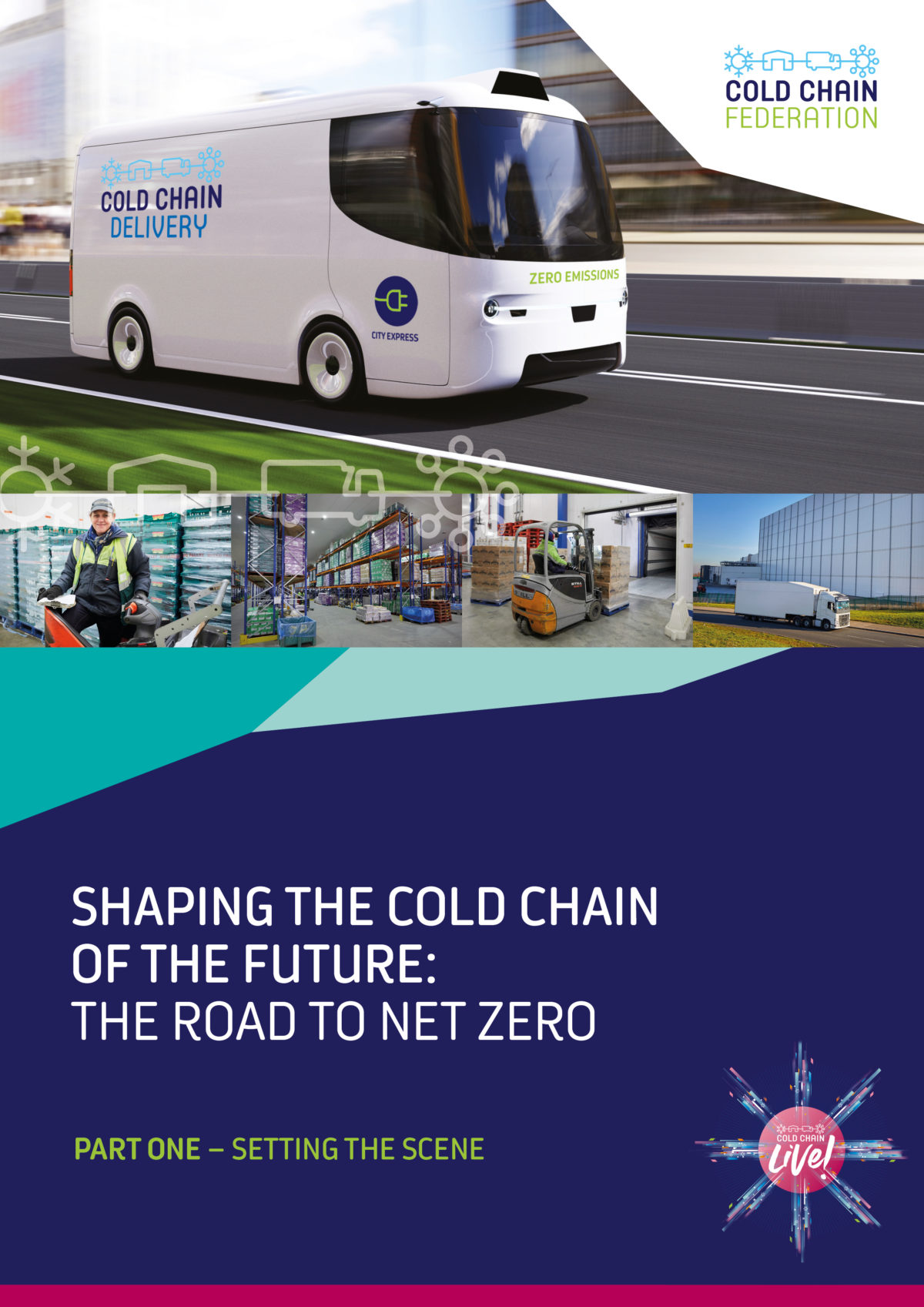

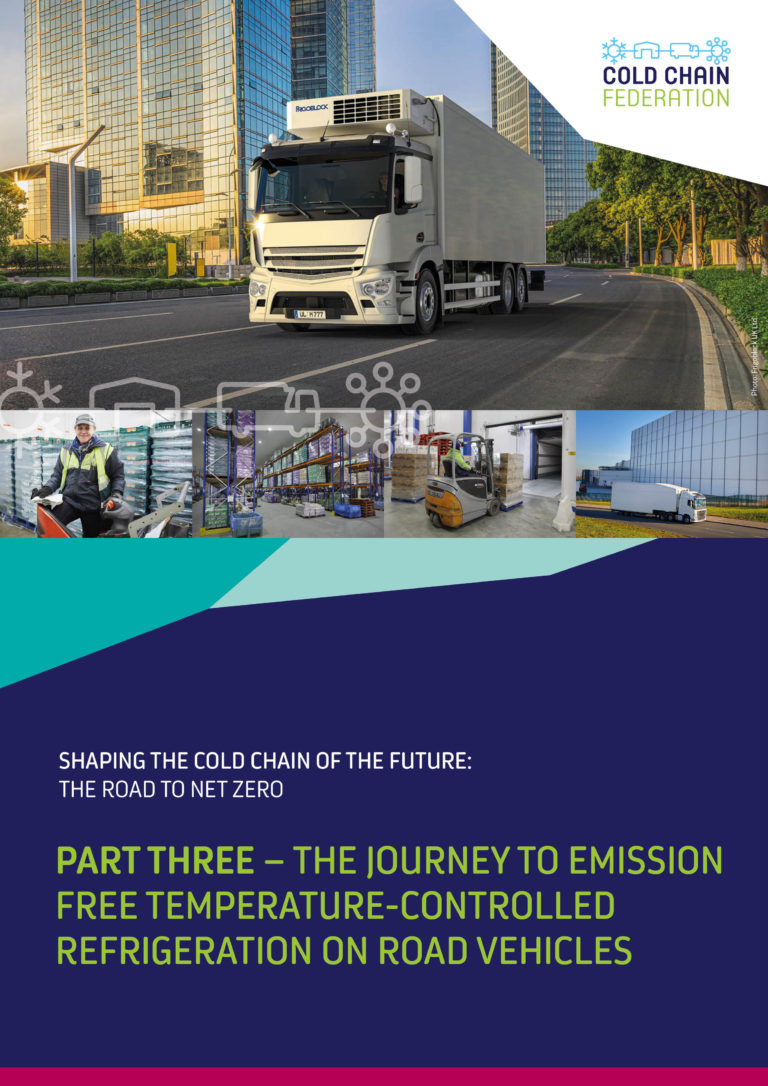
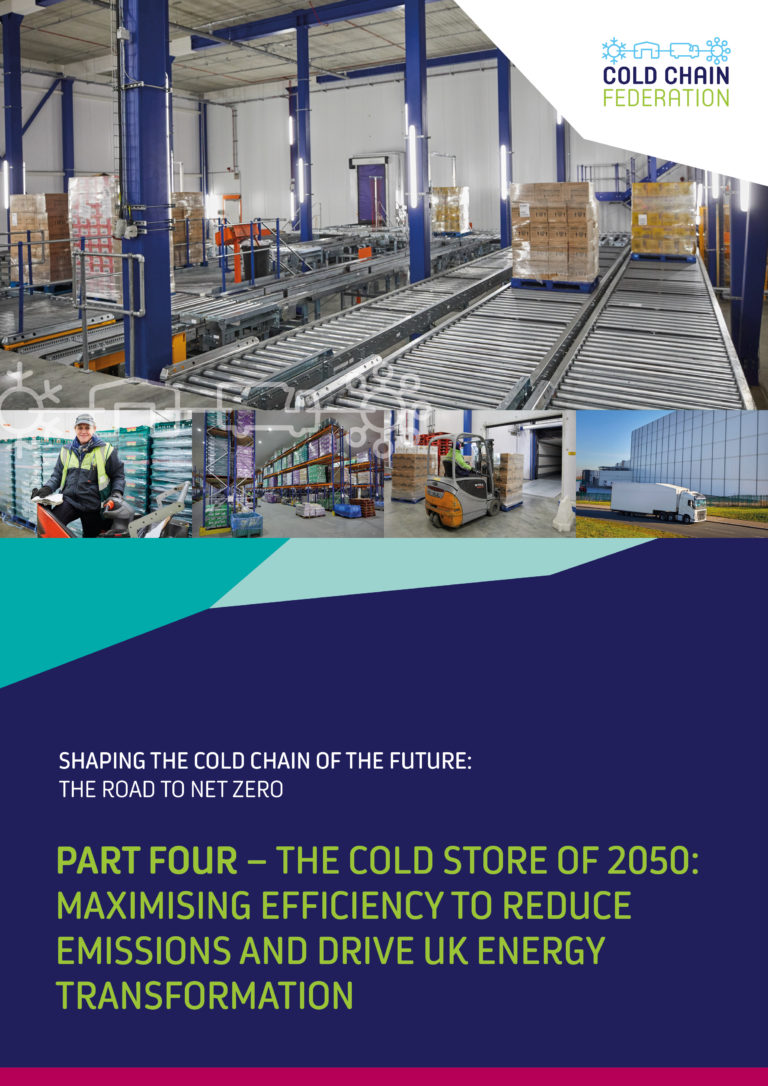
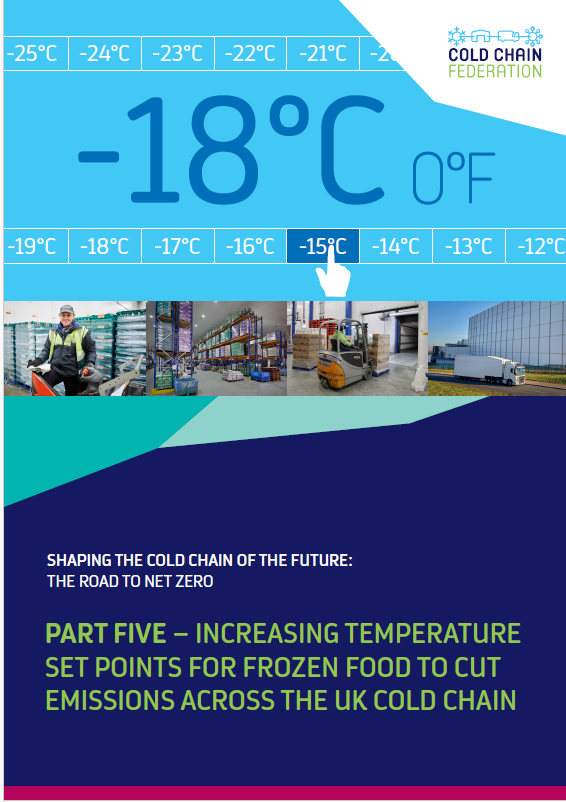
SHAPING THE COLD CHAIN OF THE FUTURE: THE ROAD TO NET ZERO (PART ONE - SETTING THE SCENE)
This document is the basis for the Cold Chain Federation's engagement within and outside our industry; to define what we mean by a net zero cold chain and to ask ourselves where the gaps are in our knowledge and where the potential is for collaboration.
SHAPING THE COLD CHAIN OF THE FUTURE: THE ROAD TO NET ZERO (PART TWO - DEFINING A NET ZERO COLD CHAIN)
Although businesses operating the cold chain are committed to reducing their greenhouse gas (GHG) emissions and other pollutants in line with UK Government targets, we are not as yet in a position to estimate the extent to which we can reach net zero by 2050 and to set our own firm targets. The guide sets out why it is imperative to determine the carbon footprint of the cold chain, and also the Cold Chain Federation’s commitment to not only support members to assess their own emissions, but to also support recently announced academic studies to assess the total emissions from the UK cold chain.
SHAPING THE COLD CHAIN OF THE FUTURE: THE ROAD TO NET ZERO (PART THREE - THE JOURNEY TO EMISSION FREE TEMPERATURE-CONTROLLED REFRIGERATION ON ROAD VEHICLES)
The Journey Towards Emission Free Temperature-controlled Distribution on Road Vehicles is our vision for how transport refrigeration units (TRUs) can transition away from diesel, to emission free alternatives in line with the UK’s decarbonisation and air quality targets. It sets out our view on the technological outlook for TRUs, how operators and manufacturers will adapt to drive down emissions and finally the financial, infrastructural and regulatory support which will be required to enable us to meet our ambitious targets.
Road to Net Zero Part 4 - Cold Store of 2050
The Cold Store of 2050 is our vision for how temperature-controlled warehouses could evolve to achieve a step change in energy efficiency whilst driving energy transformation in the UK as part of the transition towards a net zero economy by 2050. The report details the technologies which could become more widespread, the barriers to their adoption and how businesses, government and those responsible for the UK energy network will need to collaborate to ensure the opportunities and benefits detailed in this report are achieved.
INCREASING TEMPERATURE SET POINTS FOR FROZEN FOOD
This report provides an overview of the theory behind the global initiative to assess temperature set points for frozen food storage and how the UK cold chain could reduce energy use and slash emissions.
This report is a call for action, it sets out the broad actions needed to progress the concept in the UK and how the Cold Chain Federation will work with our members and other stakeholders across the food supply chain to fully explore how we can all turn up the dial on frozen.

THE COLD CHAIN
The cold chain is a network of specialist facilities and vehicles that store perishable goods in a secure temperature controlled environment. Cold chain exists at every stage of the supply chain from the point of production, through to manufacturing and storage and ultimately on to retail or catering establishments and people’s homes.
PUBLICATIONS AVAILABLE ON REQUEST
The following guides are available upon request. Please click on the link below to request your copy.
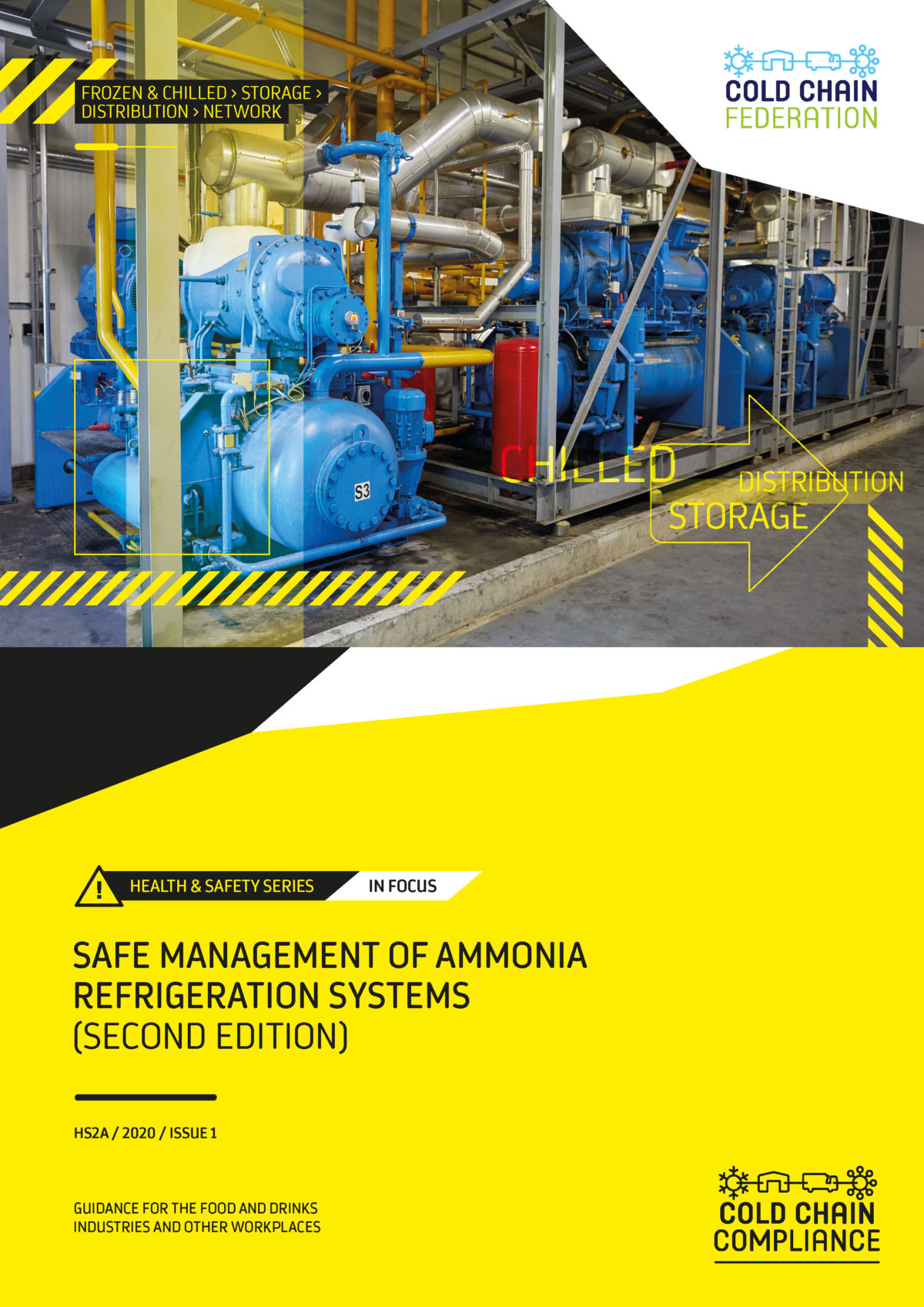
SAFE MANAGEMENT OF AMMONIA REFRIGERATION SYSTEMS
The Cold Chain Federation has published a suite of guidance in relation to the safe management and operation of ammonia refrigeration systems, including a guide to using all the documents and and advice note from our Primary Authority.
- Safe Management of Ammonia Refrigeration Systems
- Process Safety Management (PSM) for Ammonia Refrigeration Systems
- Hazardous Area Classification of Ammonia Refrigeration Systems in Compliance with DSEAR 2002
We recommend that they are all used in conjunction with one another.
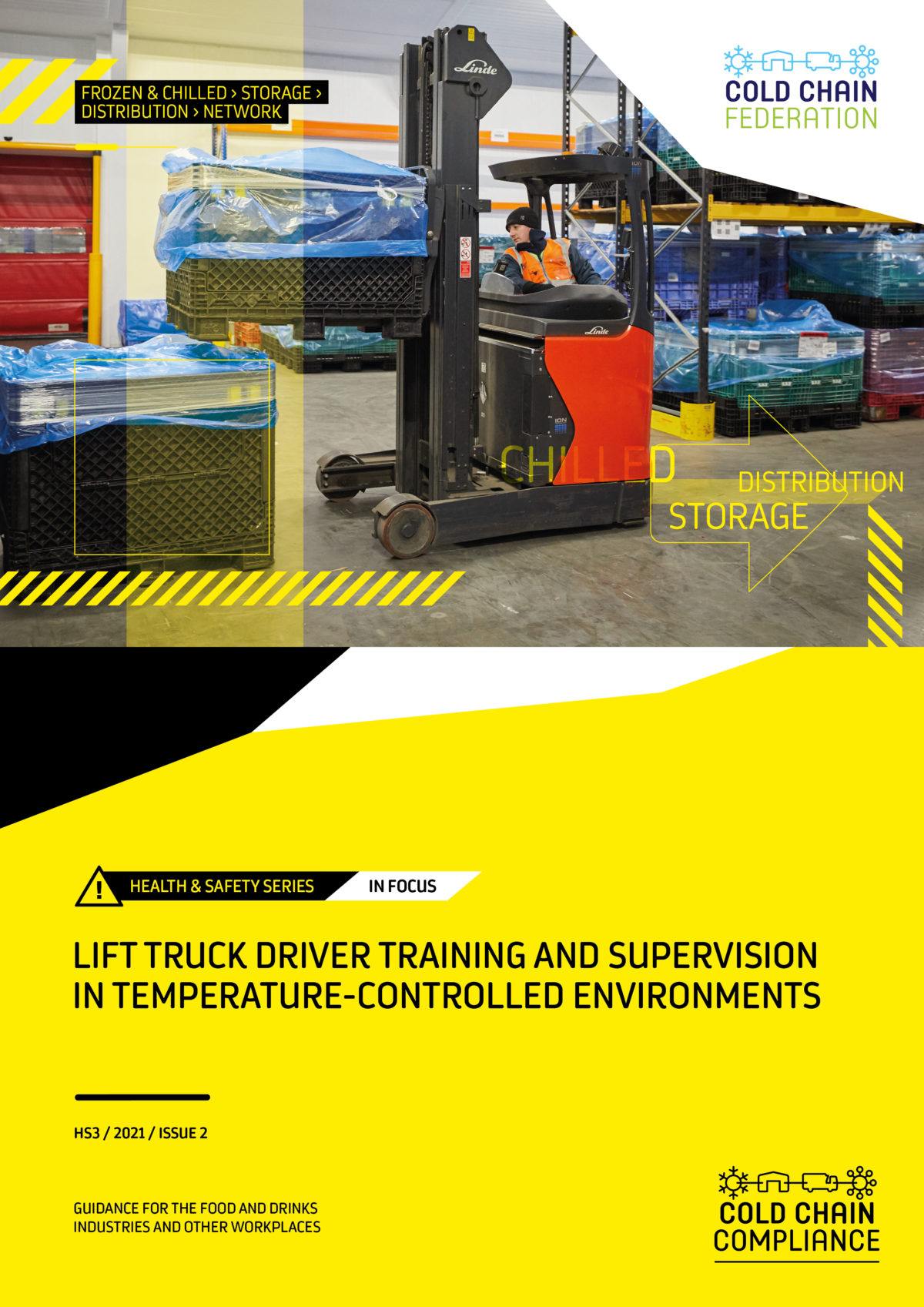
LIFT TRUCK DRIVER TRAINING AND SUPERVISION IN TEMPERATURE CONTROLLED ENVIRONMENTS
Lift trucks are widely used throughout industry for moving materials and goods, but they are reported to be involved in about a quarter of all workplace transport accidents. The deaths and injuries caused can ruin lives and businesses. Even when an incident does not cause injury, it can still mean costly damage to lift trucks, buildings, fittings and goods.
The Cold Chain Federation recommends businesses that operate lift trucks in cold stores ensure their lift truck driver and supervisor training includes procedures on the specific hazards associated with operating a lift truck within this type of environment.
